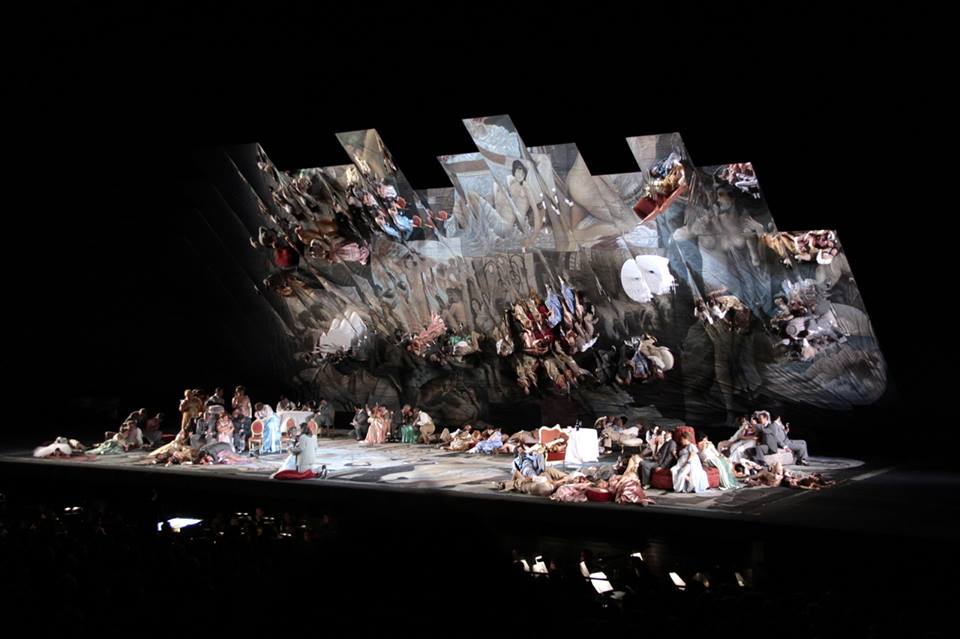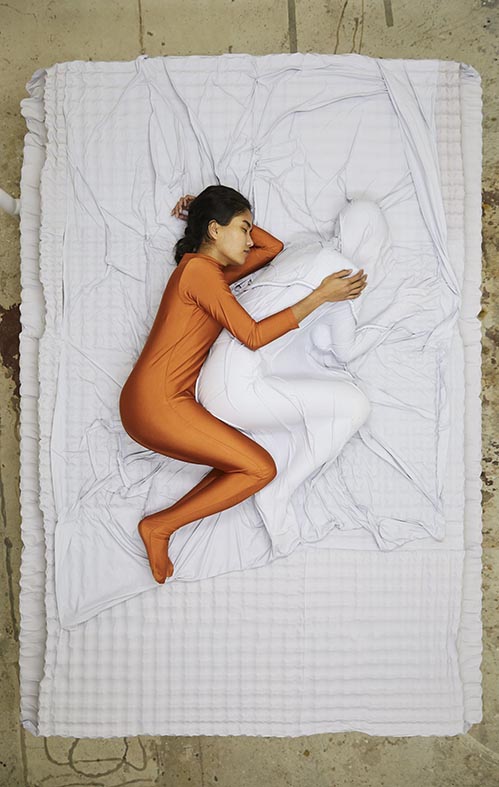
Rufus Wainwright
Sword of Damocles
At a lavish banquet, King Dionysius is confronted by his servant Damocles – a brat who is jealous of the king’s splendor and power. Through supernatural forces, the two roles are switched. The smug, inexperienced commoner becomes the king. But his joy is short-lived.
He quickly realizes that being king isn’t all crowns and cheeseburgers. With great power comes great responsibility.
.
.
Release
The Sword of Damocles
Just release it
To the authorities
Raise kindness
Above all else
Avoid the books of
Hatred behind the shelves
I will caress your
Caress your curly hair
With affection
Many a good reason to cut off your head
Then and then
Release
The Sword of Damocles
Just release it
I’m begging
You on my knees
There is no reason
To hide it from the sun
I am a tyrant
Trust me, you are not the one and only
And trust me, you are not the one and only
And trust me, you are not the one and only
Lonely person
Release
The Sword of Damocles
Release
The Sword of Damocles
Just release it
Cut the thread
Why don’t you please
.




